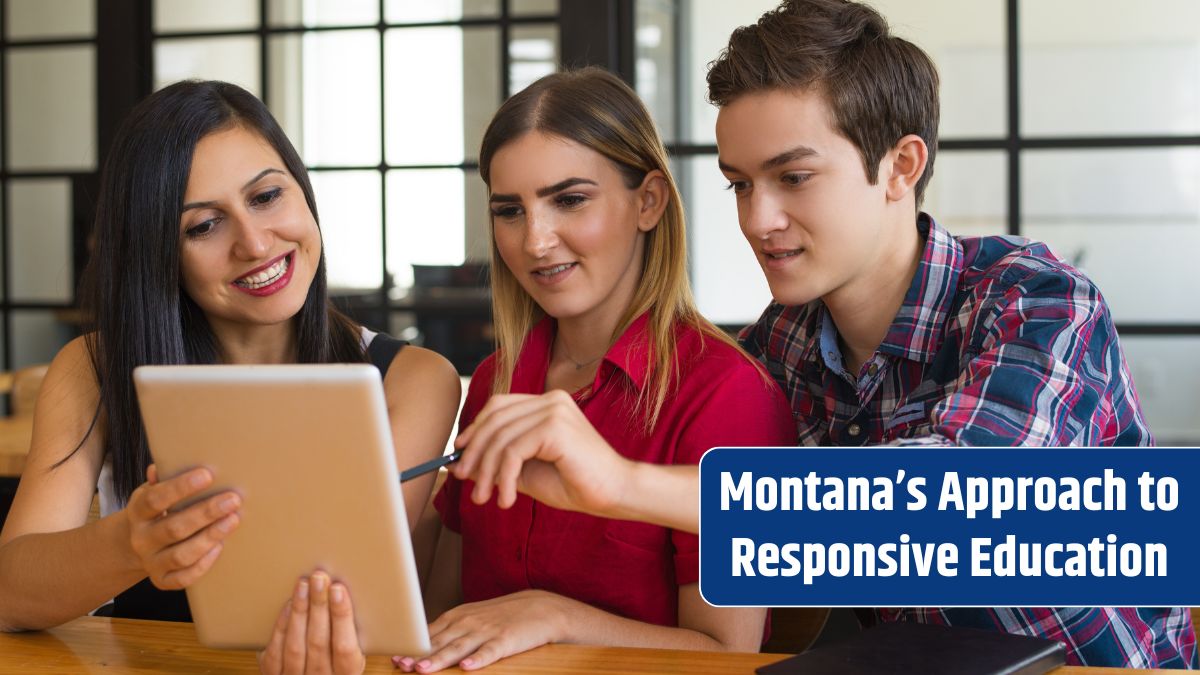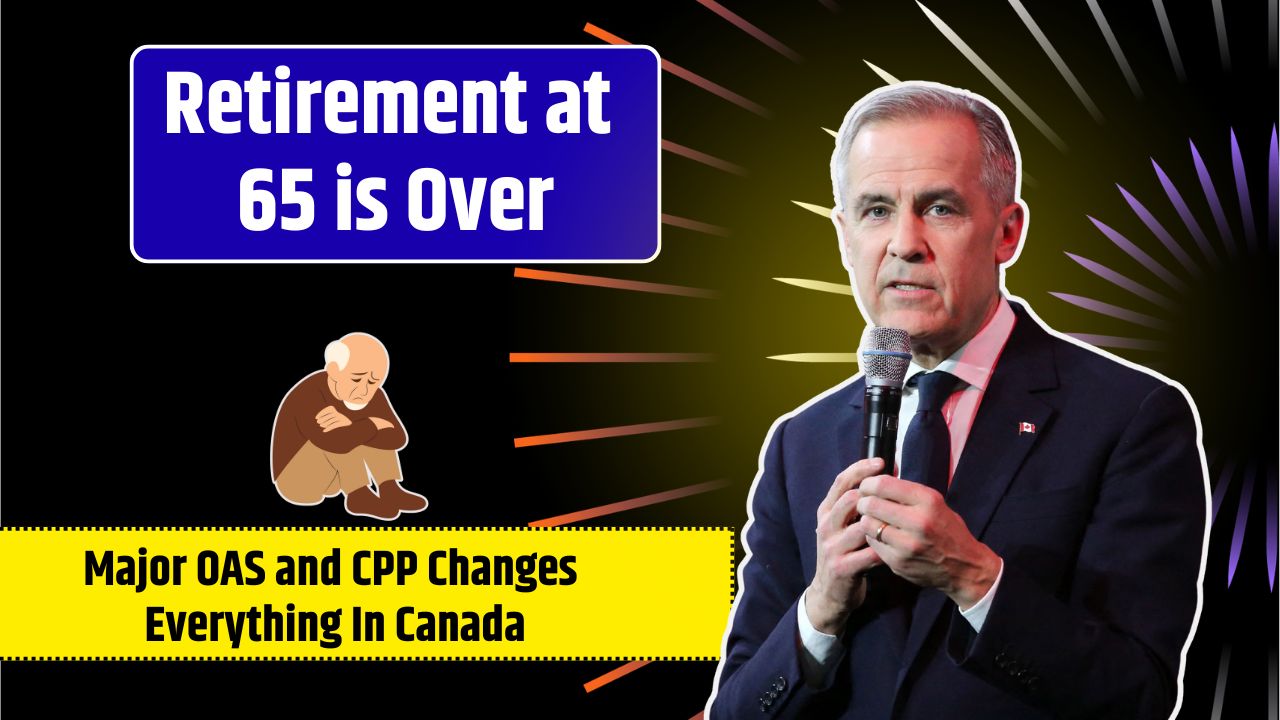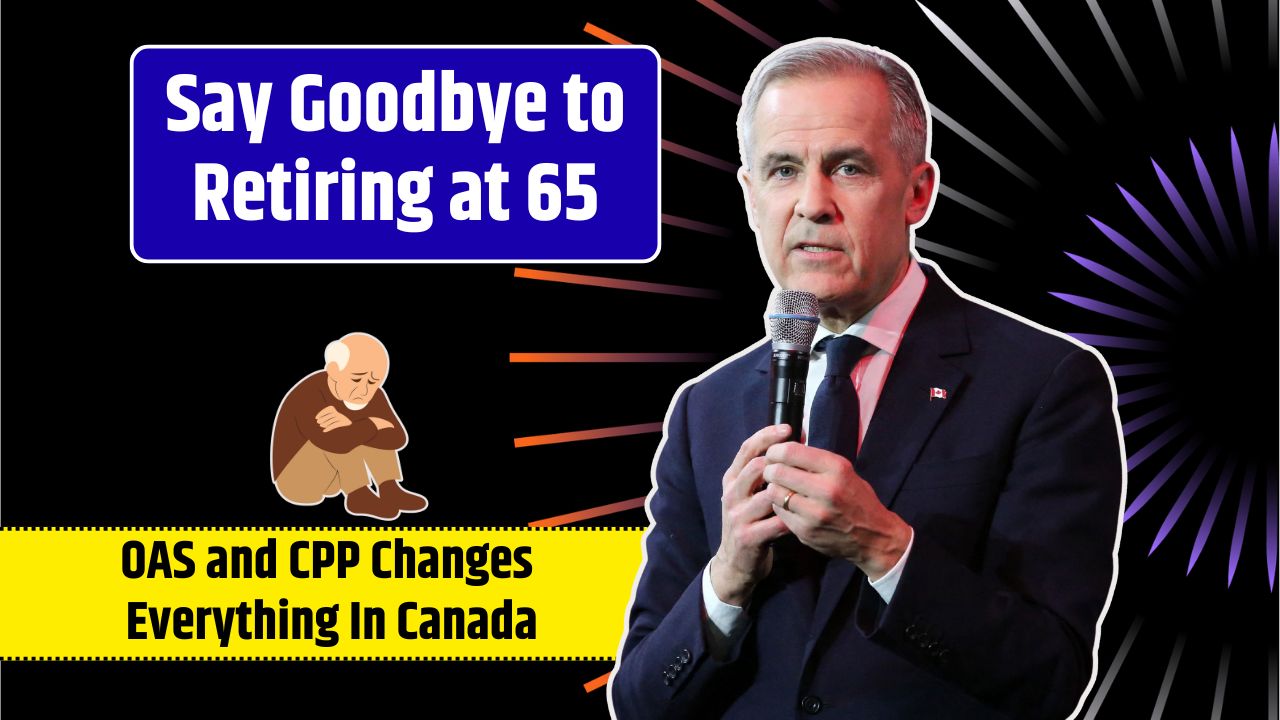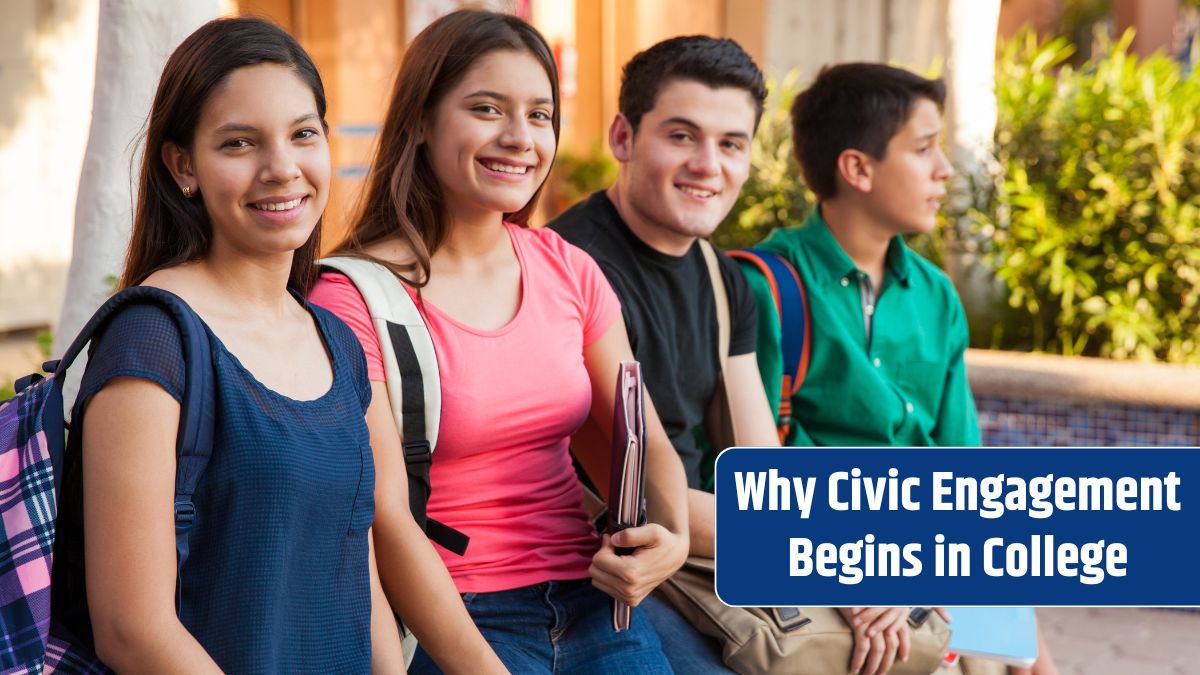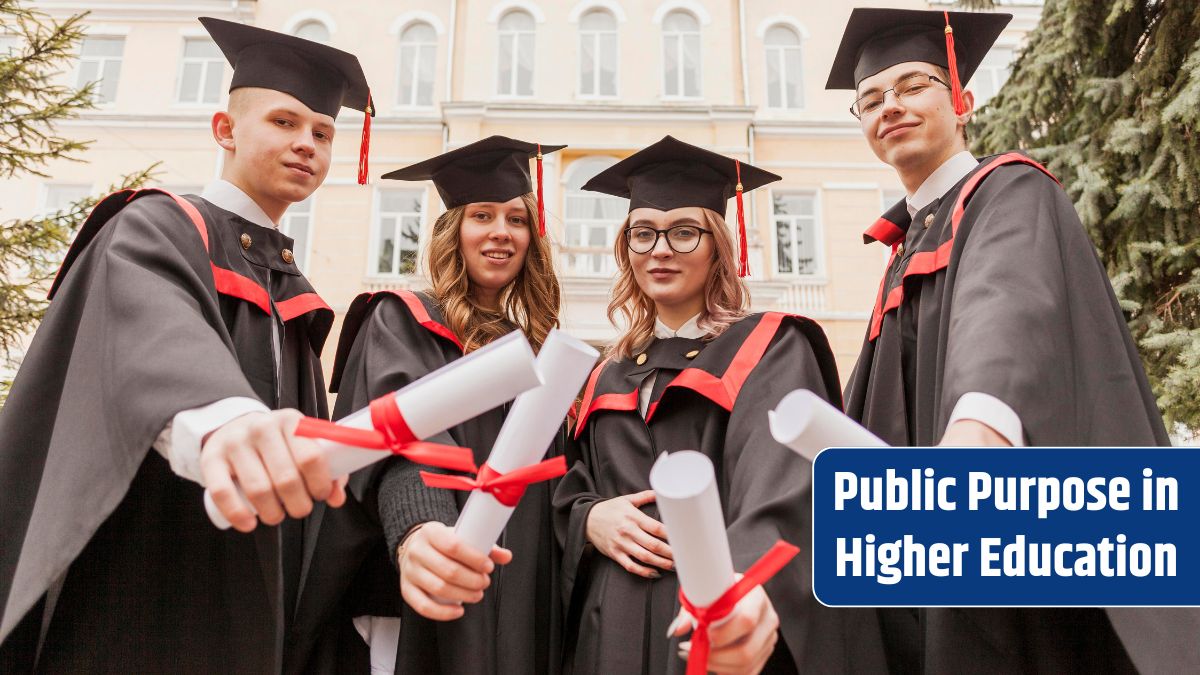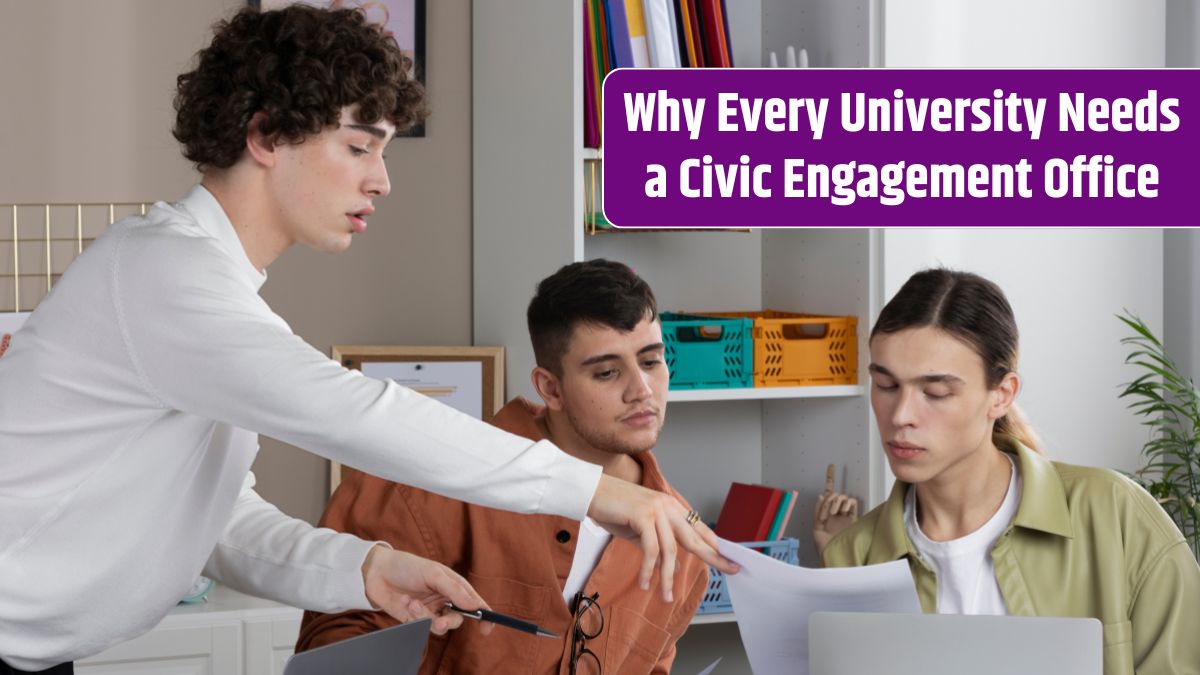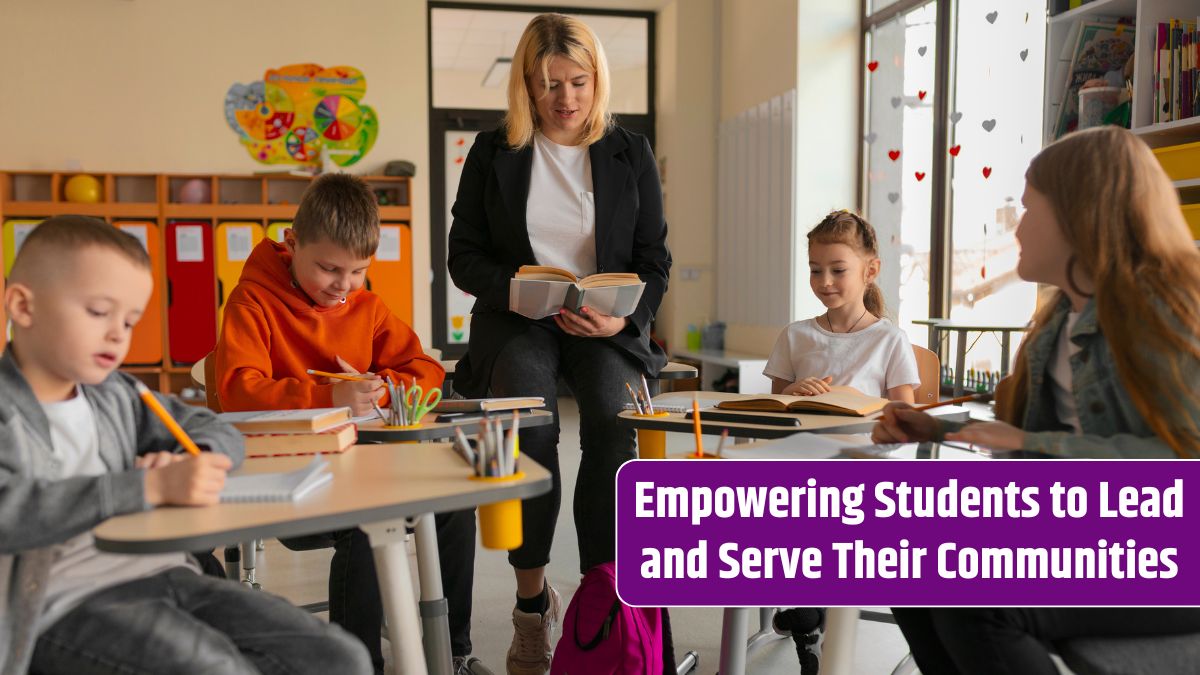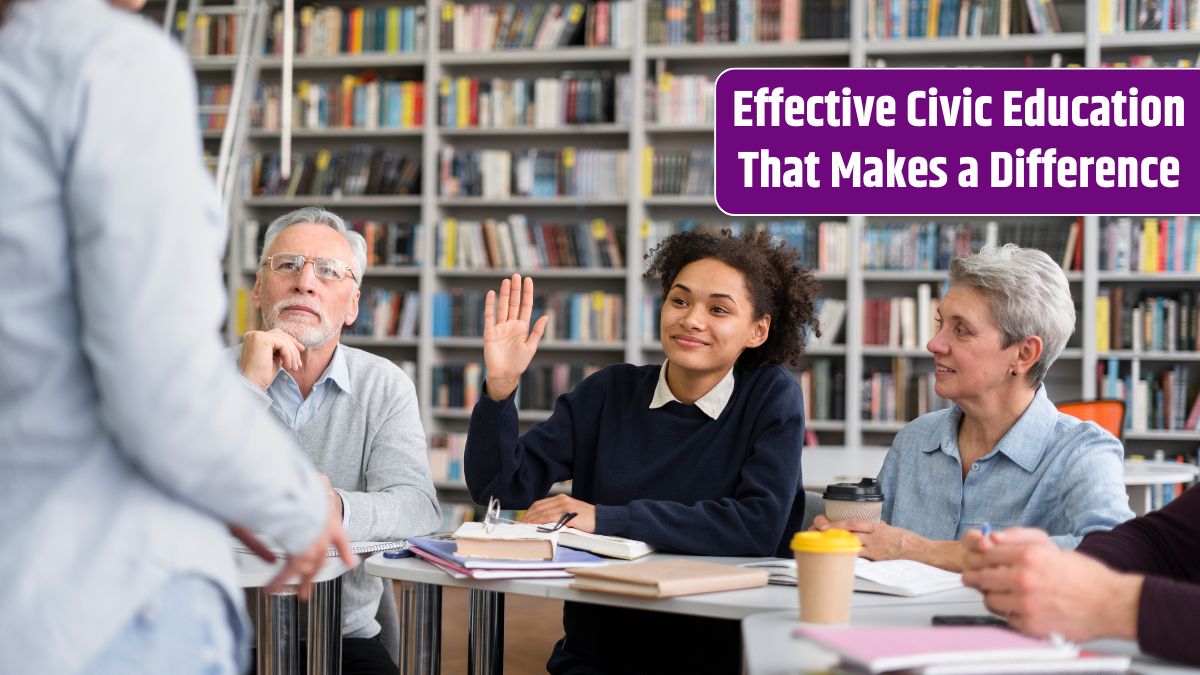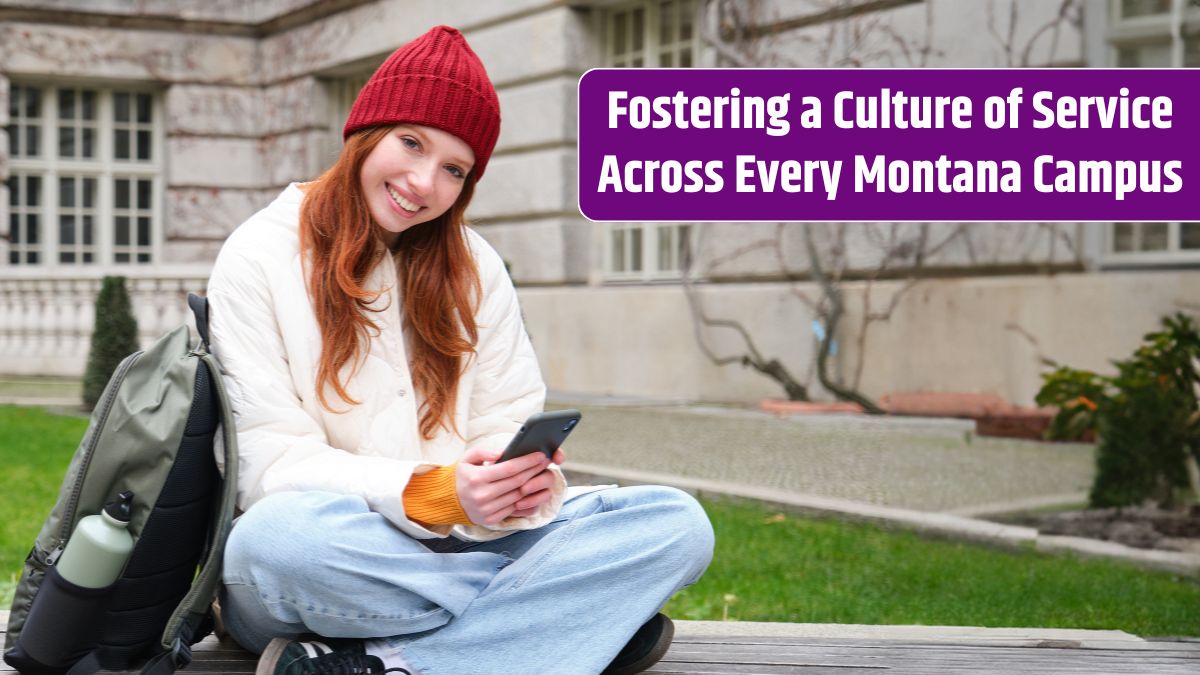Montana’s taking a refreshingly down-to-earth approach to education—by listening. Instead of forcing a one-size-fits-all curriculum into every classroom, the state is putting community needs front and center. Think of it as education with local flavor. From ranching towns to reservation communities, Montana is reshaping how schools serve students by focusing on what actually matters to the people who live there.
Table of Contents
Connection
Montana knows that no two communities are the same. What works in urban Missoula might not make sense for rural Glendive. That’s why the state is encouraging schools to partner with local leaders, parents, and businesses to tailor curriculum around real-life needs. It’s less about memorizing dates and more about preparing students for local opportunities.
These partnerships help bridge the gap between the classroom and the community. Whether it’s agriculture, tourism, or healthcare, Montana schools are customizing their programs to reflect the unique economic and cultural landscape around them.
Flexibility
One of the key ingredients in Montana’s model? Flexibility. Schools aren’t locked into rigid statewide standards that ignore local challenges. Instead, they have room to innovate. For example, a school in a farming region might offer hands-on courses in sustainable agriculture, while another near a tribal community might integrate Native American history and language into its curriculum.
This flexibility empowers educators to be creative and relevant. It also keeps students more engaged because they’re learning things they can actually use—and that reflect their lives.
Relevance
Montana’s approach is all about making learning meaningful. Rather than just ticking off standardized checkboxes, the curriculum is being designed to prepare students for real-world careers and community involvement. In practice, that could mean internship programs with local employers, vocational training, or place-based learning that ties lessons to local geography and history.
Let’s face it—when students can see the “why” behind what they’re learning, they’re more likely to stay interested. This is especially important in rural areas where dropout rates have historically been higher.
Culture
Montana is also working to honor the cultures that make its communities unique. This includes significant efforts to integrate Indigenous knowledge and perspectives into everyday learning. It’s not just a nod to diversity—it’s a way to make sure all students see themselves in their education.
From preserving native languages to teaching traditional ecological practices, schools are recognizing that honoring culture can be a powerful educational tool. It also builds a stronger sense of identity and pride among students.
Results
The early signs are encouraging. Communities report stronger student engagement and higher participation in local career pathways. Parents feel more connected to what’s happening in schools, and teachers feel more freedom to teach in ways that matter.
It’s still a work in progress, but Montana’s responsive education model is starting to show how powerful local voices can be in shaping the future of learning.
Montana is proving that education doesn’t have to be a top-down mandate. When schools listen, adapt, and innovate, they don’t just teach—they inspire. And that’s a lesson we could all learn from.
FAQs
What is responsive education?
Responsive education adapts learning to local community needs.
How does Montana involve communities?
By partnering with local leaders, parents, and businesses.
Why is flexibility important?
It allows schools to tailor curriculum to their region.
What role does culture play?
Culture helps students connect personally with their education.
Are there real results so far?
Yes, with increased engagement and better community alignment.

